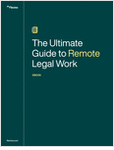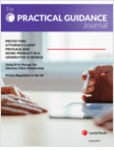There’s more evidence to come yet, please your Majesty,’ said the White Rabbit, jumping up in a great hurry; ‘this paper has just been picked up.’ …
He unfolded the paper as he spoke, and added ‘It isn’t a letter, after all: it’s a set of verses.’
‘Are they in the prisoner’s handwriting?’ asked another of the jurymen.
‘No, they’re not,’ said the White Rabbit, ‘and that’s the queerest thing about it.’ (The jury all looked puzzled.)
‘He must have imitated somebody else’s hand,’ said the King. (The jury all brightened up again.)
‘Please your Majesty,’ said the Knave, ‘I didn’t write it, and they can’t prove I did: there’s no name signed at the end.’
‘If you didn’t sign it,’ said the King, ‘that only makes the matter worse. You must have meant some mischief, or else you’d have signed your name like an honest man.’”
— Charles Lutwidge Dodgson (Lewis Carroll), “Alice’s Adventures in Wonderland” (1865).
Signatures matter — to fairy-tale kings and to real judges. When you or your client sign — and certify — the completeness of a discovery response, the certification can take on significance that becomes case dispositive. And in the digital age, we need to rethink how we certify.




